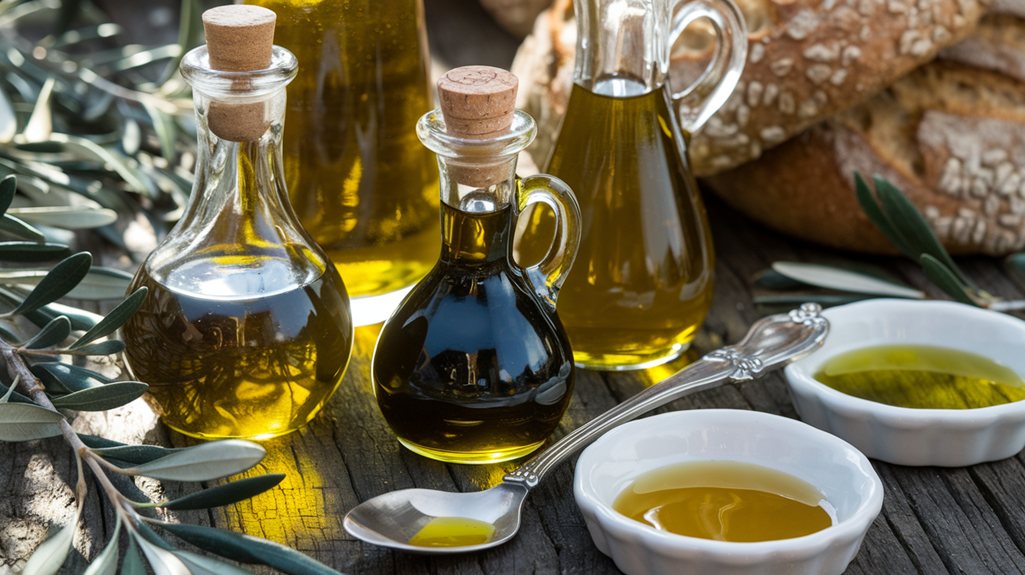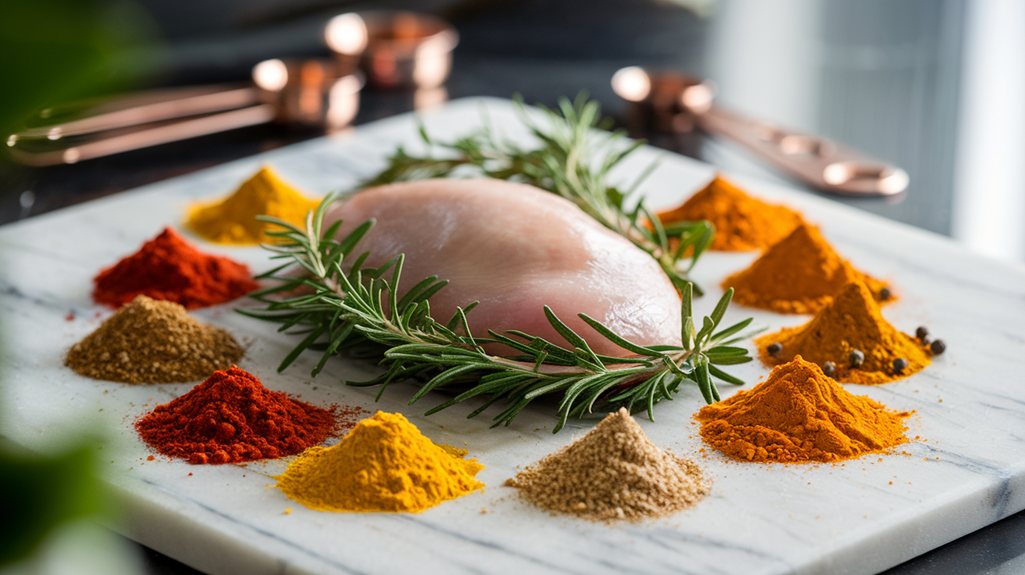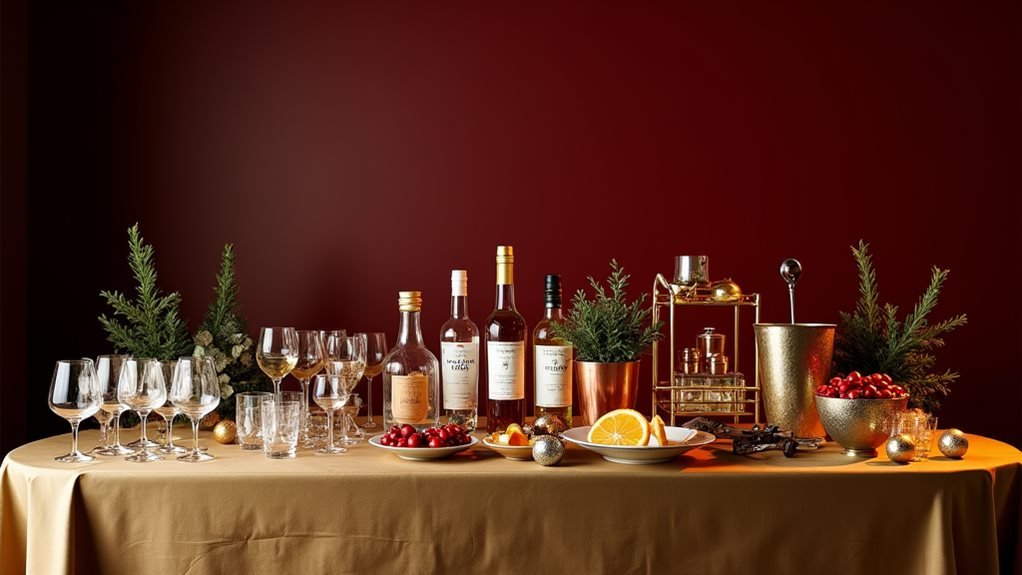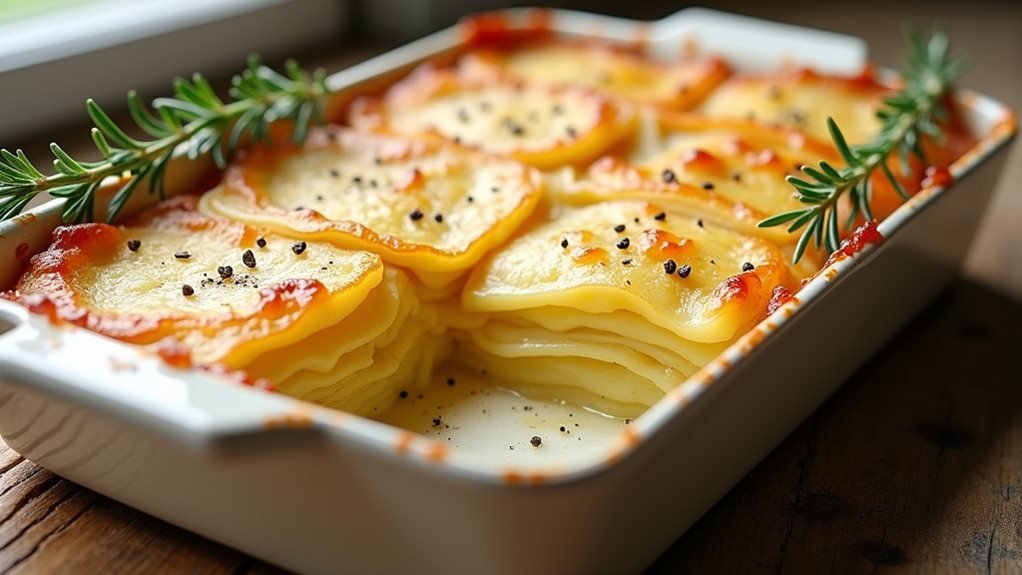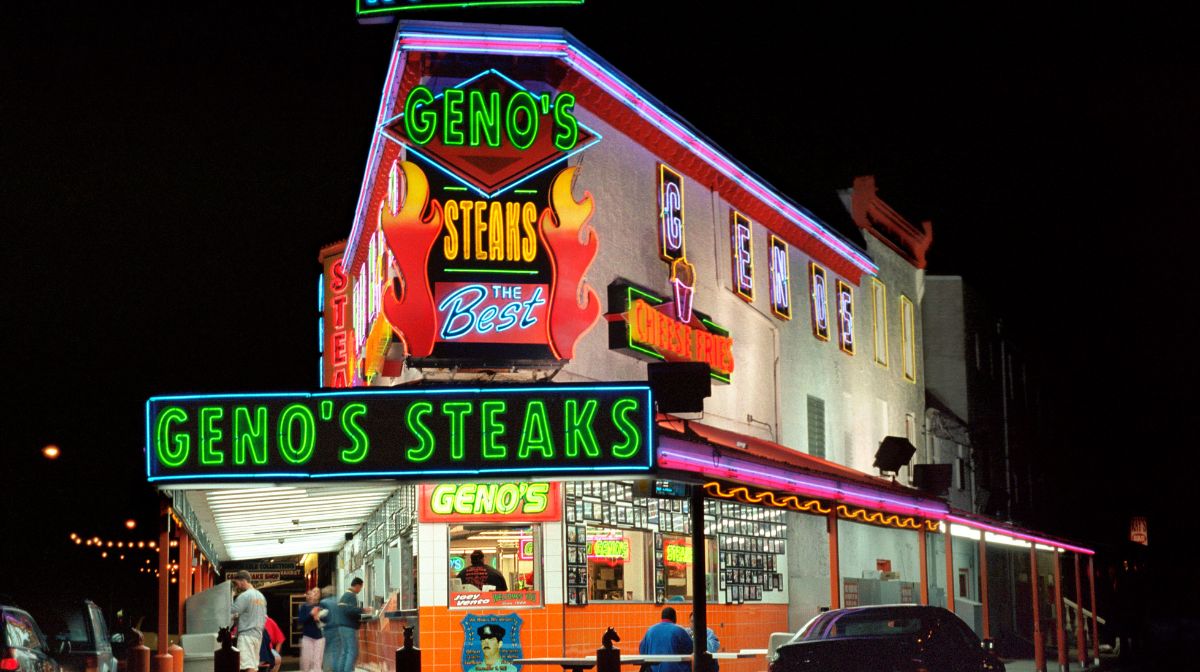What Makes Olive Oil “Extra-Virgin”?
Extra-virgin olive oil is defined by chemistry and taste: free acidity at or below 0.8%, cold extraction below 86°F (30°C), and a certified sensory panel that finds no defects. No chemical refining is permitted. Meeting these thresholds preserves varietal character and the peppery, pleasantly bitter notes associated with high-polyphenol oils.
-
- Free acidity: ≤ 0.8%
- Extraction temperature: ≤ 86°F (30°C)
- Refining: none (mechanical extraction only)
- Sensory panel: zero defects, fruitiness present
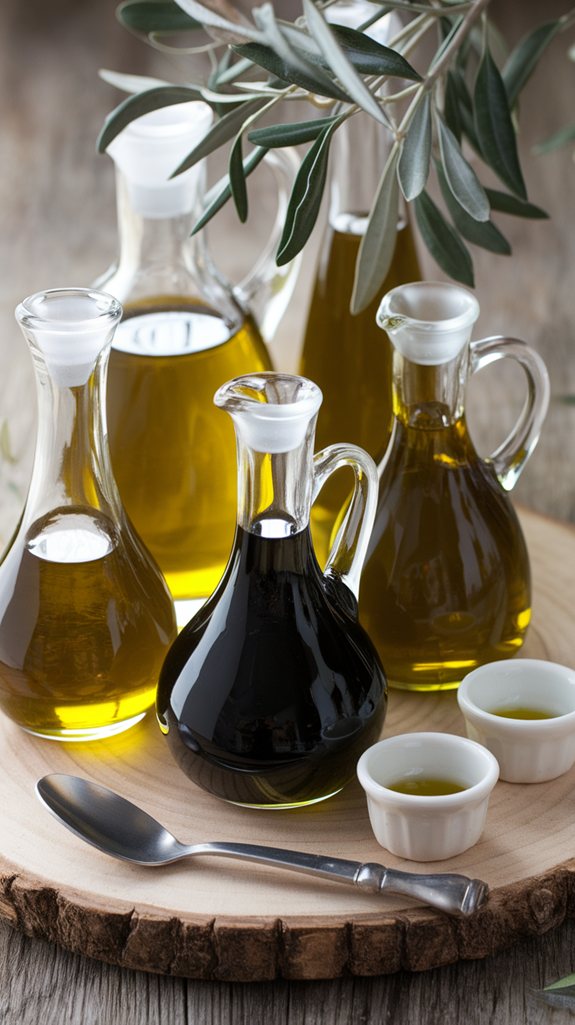
How to Read Olive Oil Labels Correctly
Question: How can you decode an olive oil label with confidence?
Focus on three key indicators of quality: a recent harvest/production date (ideally within 12–18 months), a recognized certification seal (e.g., COOC, PDO/DOP/PGI), and a transparent single-country origin. Avoid vague terms like “pure” or “light.”
| Label Element | What to Look For | Red Flags |
|---|---|---|
| Production/Harvest Date | Within the last 12–18 months | No date listed or only “best by” |
| Quality Grade | “Extra-Virgin” explicitly stated | “Pure,” “Light,” or “Pomace” |
| Origin | Single-country origin; estate/co-op named | Multiple countries blended, no transparency |
| Certification | COOC, PDO/DOP/PGI, or equivalent | No certification; unverified claims |
| Packaging | Dark glass or tin; tight cap | Clear plastic; light-exposed shelf |
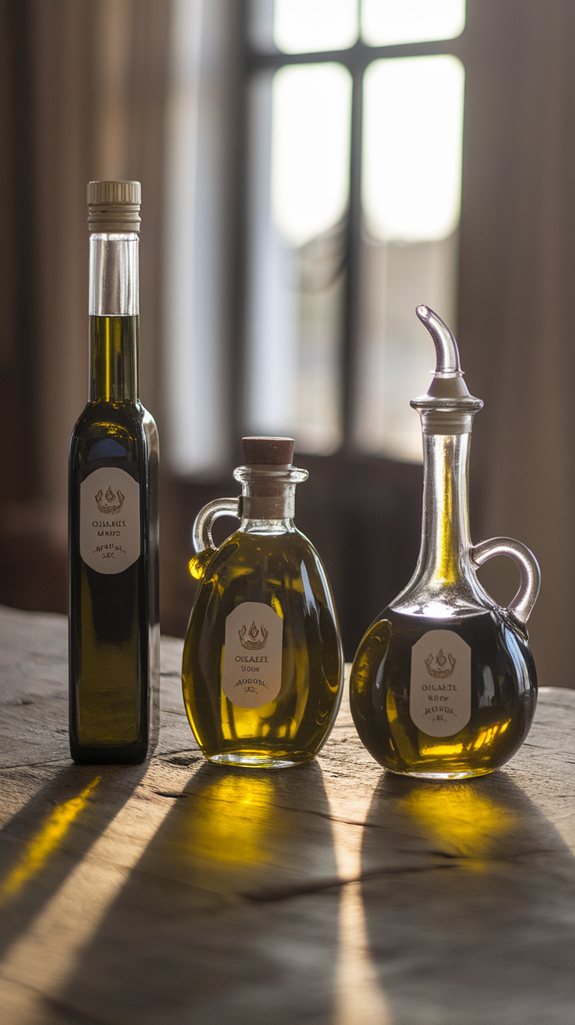
Storage & Packaging That Preserve Freshness
Dark glass bottles and tin canisters protect oil from the damaging effects of light; clear bottles and heat accelerate oxidation. Aim for a cool, dark pantry and open smaller formats so you finish them at peak quality.
Olive Oil Storage Best Practices (How-To)
- Store between 65–75°F in a dark cupboard away from heat sources.
- Choose bottles with a capacity of ≤ 500 ml to minimize oxygen exposure after opening.
- Seal immediately after pouring; minimize time with the cap off.
- Keep bottles out of direct sunlight and away from stoves or ovens.
- Target use within 6–8 weeks of opening for the best flavor.
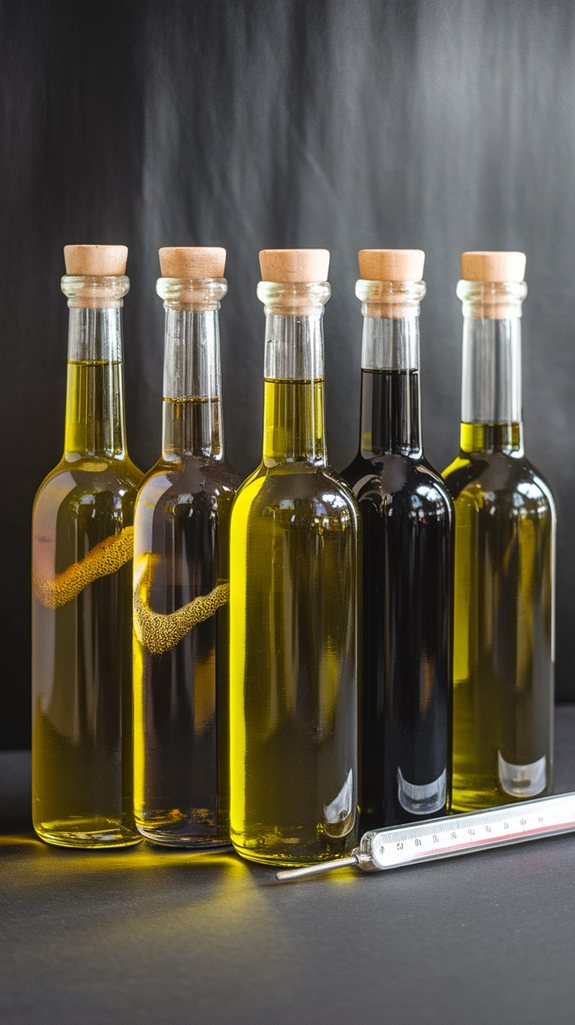
Related reading mid-article: Kitchen Equipment and Food & Drink Pairings.
Spotting Authentic Olive Oil in Stores
For vetted options from trusted retailers, browse curated extra-virgin olive oils here.
Choose vendors with high turnover and transparent sourcing. Ask to taste, verify harvest dates, and confirm origin. Select small formats when freshness matters, and prefer estates or co-ops that disclose milling and bottling details.
The best retailers welcome questions—and pour samples so you can judge freshness and flavor.
Regional Flavor Profiles Explained
Terroir drives style: Spanish oils often show peppery tomato-leaf notes; Tuscan bottlings skew grassy with artichoke; Greek oils balance buttery almond tones; California blends tend to be clean and moderately fruity.
Spain brings a bold, peppery punch; Tuscany leans vibrant and grassy.
Common Misconceptions About Olive Oil
- Color ≠ quality: Blind tasting exists for a reason; color is not a reliable indicator of quality.
- “Light” ≠ healthier: It refers to flavor, not nutritional superiority.
- Bigger isn’t always better: Smaller bottles keep freshness longer once opened.
Olive Oil Fraud & Certification
Adulteration and mislabeling have been well documented. Protect yourself by prioritizing certified EVOO (e.g., COOC, PDO/DOP/PGI), avoiding multi-country blends with vague sourcing, and cross-checking brands that publish third-party test results.
Cooking Applications of Olive Oil
Question: Which olive oils are best for specific techniques?
- Frying/Searing: Use refined or “pure” olive oil with a higher smoke point.
- Finishing: Choose robust EVOO to add peppery complexity.
- Dressings & cold dishes: Fruity EVOO accentuates freshness.
Sustainability & Ethical Sourcing
Prefer recyclable glass or tin and producers that disclose grove locations, milling partners, and bottling dates. Co-ops in Spain, Italy, and Greece often publish transparent traceability data.
How We Tested
We tasted a curated set of Spanish, Italian, Greek, and Californian oils, evaluating aroma, fruitiness, bitterness, and peppery finish. Each bottle was checked for harvest date, certification, and packaging integrity. Notes were recorded under identical storage and serving conditions.
Related Masterclass Guides
FAQs
How long does extra-virgin olive oil stay fresh after opening?
For the best flavor, finish within 6–8 weeks, storing in a cool, dark place with the cap sealed tightly.
Does color indicate quality?
No. Professional tastings use opaque cups because color can mislead; quality is determined by chemistry and sensory evaluation.
